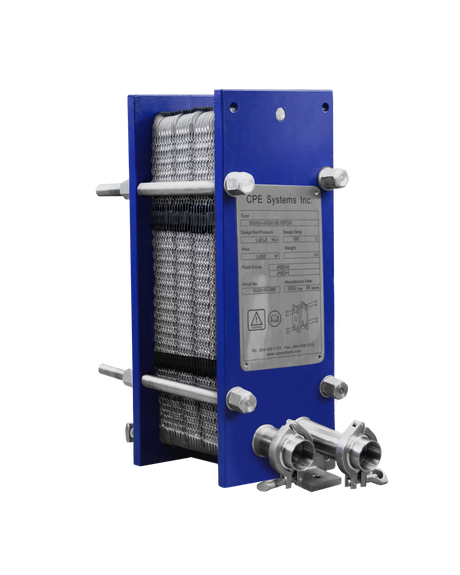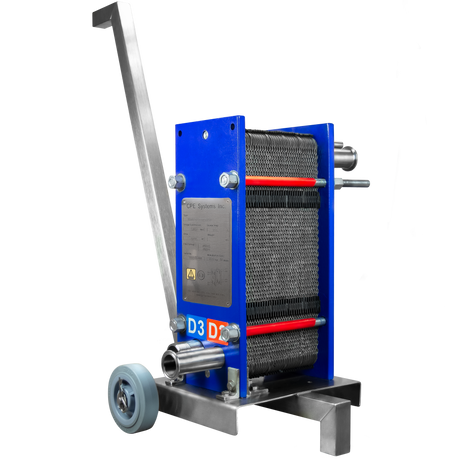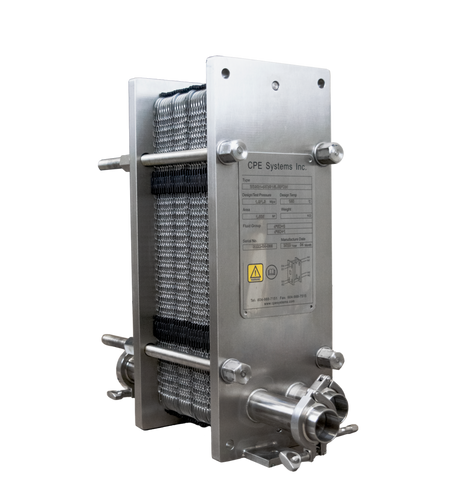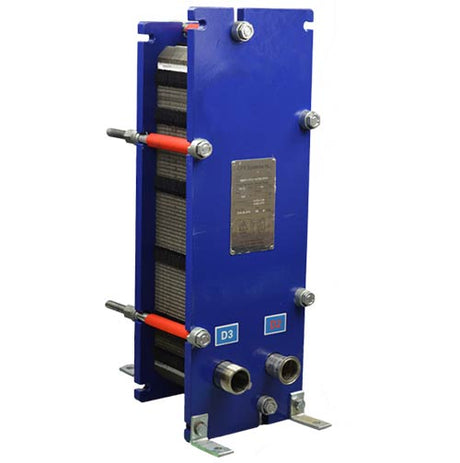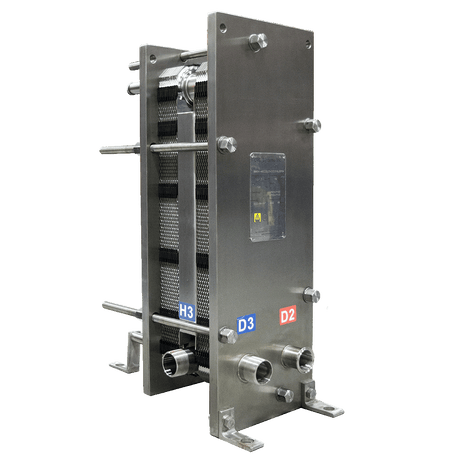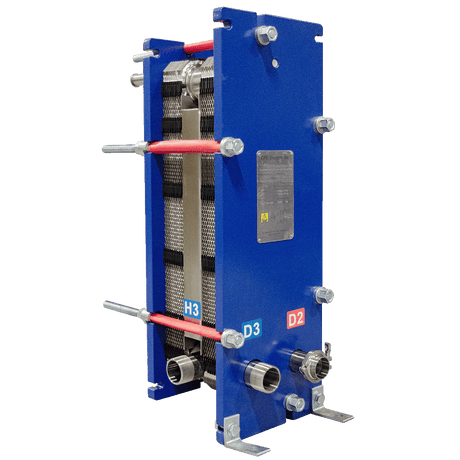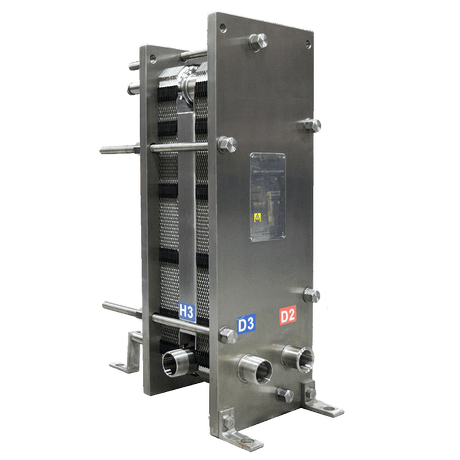Plate heat exchangers are designed to efficiently transfer heat between fluids. To understand their operation, it's crucial to grasp two fundamental concepts: sections and passes.
Sections in a plate heat exchanger are about physically separating fluid circuits, while passes determine how many times fluids pass each other in these sections. These two factors can be adjusted to optimize heat transfer performance by taking into account variables like heat transfer efficiency, pressure drop, and the overall heat exchanger size.
What are passes?
Passes refer to how many times a fluid flows past the opposing liquid through the plate heat exchanger before exiting. In a single-pass heat exchanger, each fluid enters at one end, flows through the plates once, and exits at the other end. While a multi-pass heat exchanger allows each fluid to make multiple passes by the other liquid inside the heat exchanger before exiting, providing additional opportunities to exchange heat with the other fluid. It's important to note that while more passes increase heat transfer efficiency, they also lead to higher pressure drops within the heat exchanger, so a proper design calculation is required.
What is a section?
Sections are zones that divide the heat exchanger's internal structure. Multiple sections use the plates to act as dividers, which then creates distinct channels for fluids. The number of sections typically grants greater flexibility in configuring the plate heat exchanger to meet specific requirements. For applications with smaller temperature differentials, such as cooling wort in a brewery to lagering temperatures, multi-section heat exchangers are indispensable.


